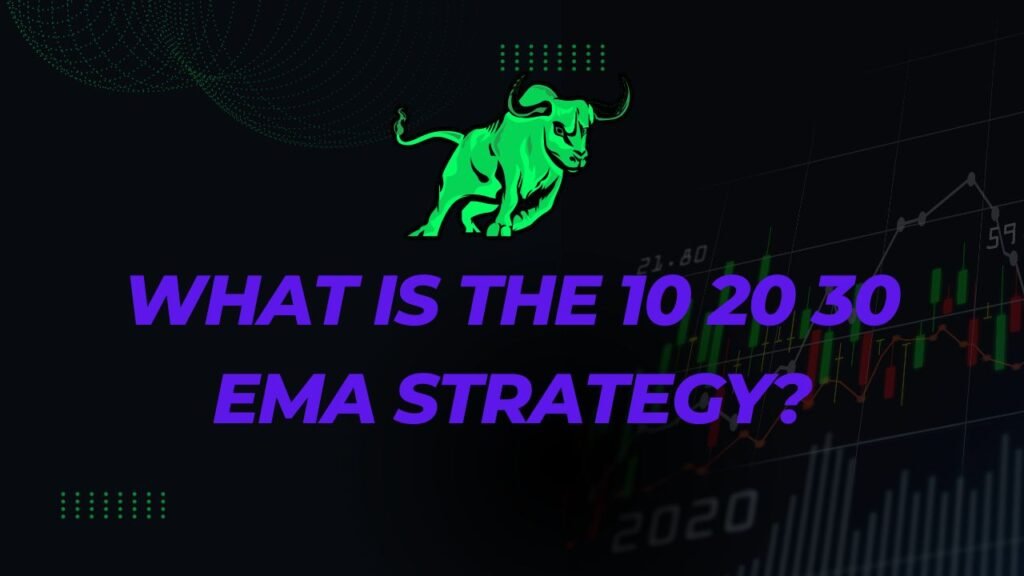
When it comes to trading strategies, the 10 20 30 EMA strategy stands out as a popular and versatile option. This strategy utilizes a combination of three Exponential Moving Averages (EMAs) to provide traders with insights into potential market trends and entry/exit points. Let’s delve into the details of this strategy and understand how it works.
Understanding EMAs
EMA, or Exponential Moving Average, is a type of moving average that gives more weight to recent price data, making it more responsive to recent price changes. In the context of the 10 20 30 EMA strategy, we’re using three different EMAs with varying timeframes: 10-day, 20-day, and 30-day.
The Strategy Breakdown
The 10 20 30 EMA strategy involves the following steps:
- EMA Calculation:
- Calculate the 10-day, 20-day, and 30-day EMAs for a particular asset’s price.
- These EMAs represent the average price over their respective timeframes, with the 10-day EMA being the most sensitive to recent price changes.
- Identifying Trends:
- By comparing the positions of the EMAs, you can identify the current market trend.
- When the 10-day EMA is consistently above the 20-day and 30-day EMAs, it indicates an uptrend.
- Conversely, when the 10-day EMA is consistently below the other two, it suggests a downtrend.
- Entry and Exit Points:
- Buy Signal: A common entry signal is generated when the 10-day EMA crosses above the 20-day EMA, signaling potential upward momentum.
- Sell Signal: Conversely, a potential exit or sell signal occurs when the 10-day EMA crosses below the 20-day EMA, indicating a possible downtrend.
Advantages and Considerations
The 10 20 30 EMA strategy offers several advantages:
- Simplicity: The strategy’s straightforward rules make it accessible for traders of all experience levels.
- Flexibility: This strategy can be applied to various markets and timeframes, from short-term to long-term trading.
- Quick Decisions: Thanks to its short-term EMAs, the strategy helps traders make quicker decisions based on recent price movements.
However, it’s important to keep in mind some considerations:
- Whipsaws: Like any strategy, false signals can occur, leading to whipsaw trades (buying and then quickly selling, or vice versa).
- Complementary Analysis: Successful traders often combine the 10 20 30 EMA strategy with other indicators or analysis techniques for confirmation.
Conclusion
The 10 20 30 EMA strategy offers traders a simple yet effective way to gauge market trends and potential entry/exit points. By leveraging the strengths of different EMAs, traders can make informed decisions based on recent price movements. Remember, no strategy guarantees success, so proper risk management and continuous learning remain essential in the world of trading.
Incorporate the 10 20 30 EMA strategy into your trading arsenal and explore how it fits your individual trading style and goals. Whether you’re a novice or an experienced trader, this strategy’s versatility could provide valuable insights for your trading journey.